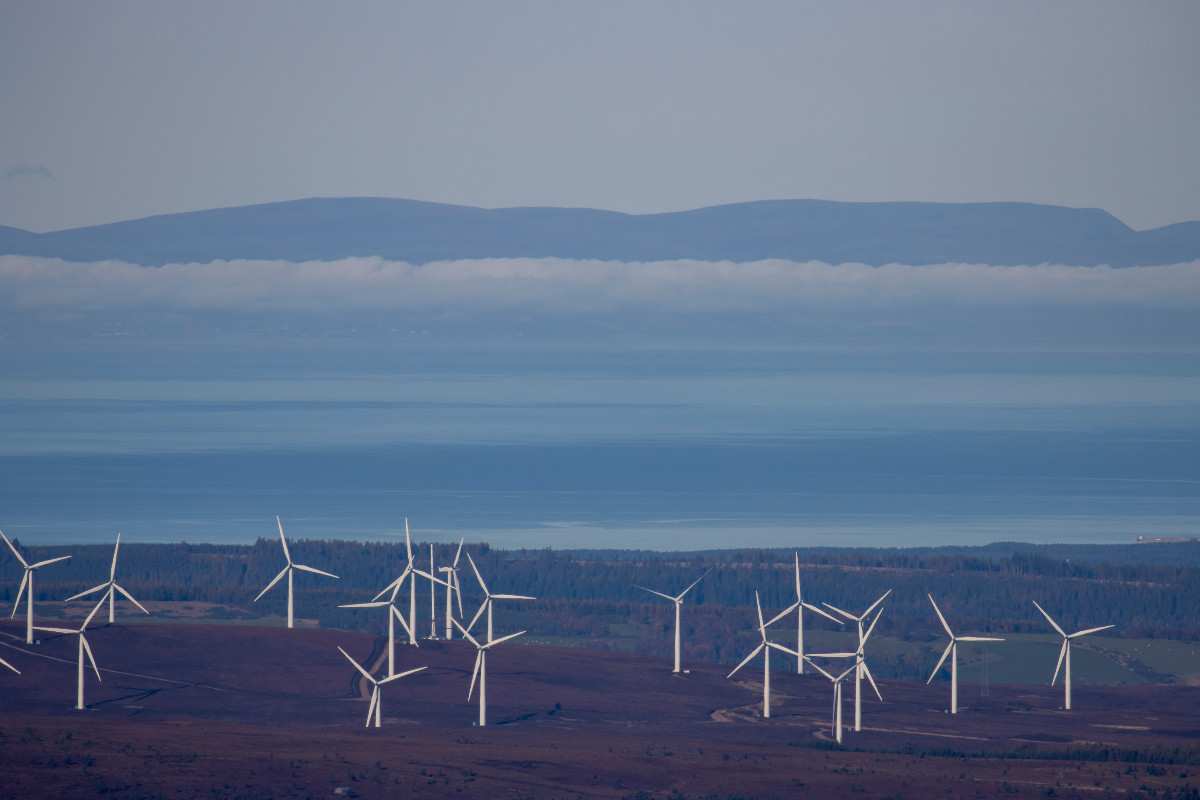Moray has emerged as the UK’s top producer of renewable energy on a per-household basis, new analysis from Uswitch has revealed.
According to the figures released by Uswitch, Moray boasts 47.4 MW of installed capacity for every 1,000 homes – comfortably out-stripping every other part of Britain and underlining Scotland’s continued dominance in onshore wind.
Uswitch’s study trawled the latest government Renewable Energy Planning Database to rank local authorities by capacity per household and to track growth since 2018. Those figures revealed that behind Moray’s commanding lead sits North East Lincolnshire on 41.4 MW per 1,000 homes, buoyed by the vast Hornsea offshore complexes off the Humber. Boston (32 MW), East Lothian (27.3 MW) and Highland (26.3 MW) round out the national top five.
Top 10 local authorities by renewable capacity
- Moray – 47.4 MW per 1,000 households
- North East Lincolnshire – 41.4 MW per 1,000 households
- Boston – 32 MW per 1,000 households
- East Lothian – 27.3 MW per 1,000 households
- Highland – 26.3 MW per 1,000 households
- Lancaster – 23.1 MW per 1,000 households
- Dumfries & Galloway – 18.9 MW per 1,000 households
- North Norfolk – 18.8 MW per 1,000 households
- Argyll & Bute – 17.3 MW per 1,000 households
- East Suffolk – 15.8 MW per 1,000 households
The results highlight two clear trends. First, Scotland’s wind-whipped uplands and supportive planning regime keep it at the forefront of onshore wind: Highland, Dumfries & Galloway and South Ayrshire all post double-digit megawatts per 1,000 homes. Second, England’s east coast continues to carve out a reputation as the world’s offshore wind capital, with North East Lincolnshire alone hosting more than 2.8 GW of sea-based turbines – up 1,017% in just five years.
While wind grabs the headlines, solar photovoltaics are delivering solid, if quieter, gains. East Cambridgeshire tops the solar chart with 4.4 MW per 1,000 households, narrowly ahead of South Cambridgeshire. Rural pockets such as Pembrokeshire and Torridge also make the solar top tier, underscoring how modest-scale rooftop and field arrays continue to spread beyond the South East heartland.
Where growth is happening fastest
North East Lincolnshire’s 1,017% leap is not an isolated success. Boston has expanded its clean-power fleet by 985% since 2018, while East Lothian’s capacity has risen more than seven-fold. Urban boroughs are getting in on the act too: Sutton, Hammersmith & Fulham and Barnet each rack up growth well above 200%, reflecting the maturing market for city-scale solar, heat networks and waste-to-energy schemes.
Offshore wind remains the runaway growth story, surging 80% in five years as gargantuan projects such as Hornsea Two (1.4 GW) and Dogger Bank take shape. Municipal solid-waste plants have grown by 37%, mirroring the push to divert rubbish from landfill, while solar capacity is up a respectable 24%. Conversely, tidal and wave projects have slumped by more than half, a reminder that not every low-carbon technology is enjoying the same policy tailwind.

